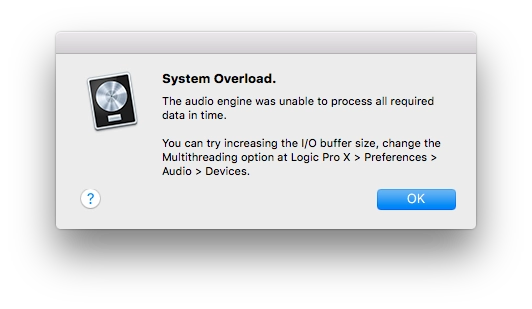

The editor generally wants each shot or interview as a separate synced MC clip, and labeled with metadata in the Event Browser. Putting multiple scenes or multiple interviews into a single long MC or sync clip doesn't make sense from an organizational standpoint. It's not only an issue of the technical ability of FCPX to sync this. My documentary team has shot over 20 multicam interviews per day - each of those are synced separately to create a multicam clip per interview. In documentaries it's used to created a synced multicam clip for one interview, not to create a long MC clip of all the interviews shot in one day. In your case that's 320 clips.Ī multicam or sync clip is generally for one shot, one take or (at the very most) several takes comprising one scene. It is not designed to create a single long multicam or sync clip of all your shots and scenes from an entire day. in the video tutorial of sam mestman ,his method of syncing multiple audio as if they are multicam clips was interesting.i think this method works for documentaries.as you know i n feature film we have numerous clips with shorter dialogue duration.i have approximately 80 video clips and 240 audio clips (because we have three mics running for every shot).įCPX audio sync is really intended for use on a shot or scene basis. I have three audio tracks.and tried batch synchronising.a macbook pro 2015 with 16gigs of ram its taking forever.the same amount of clips in plural eyes i was able to sync them in less than ten minutes.i am editing a indie feature. i chose the all the video footage from one day You can right-click and pick "Open Clip" or "Open in Angle Editor" to verify or adjust the sync. This will create a new multicam or sync clip which is synchronized using audio. For either multicam or sync clips make sure the checkbox "use audio for synchronization" is checked. Some experienced editors like Sam Mestman suggests using multicam clips even for single-camera situations: 8. (7) Right-click and select either "New Multicam Clip" or "Synchronize Clips". (6) Select all clips in the Event Browser you wish to sync Note all clips from a given device can be labeled in one step, so this is quick. (5) Repeat for each camera or audio recorder. This batch labels all selected clips with that camera name. (4) Enter a Camera Name for that group of clips and press return. This will reveal a "Camera Name" edit box at the bottom. (3) In the Inspector, click the "i" button to show information about the clip.

If the Inspector is not on, use CMD+4 to show it.

(2) In the Event Browser, select all clips from a given audio recorder or camera. Pick menu View>Browser>Toggle Filmstrip/List View or press OPT+CMD+2. (1) Set Event Browser to List View to better see the clip data. Therefore you must usually label each group of clips from each device. Some cameras emit metadata which provides a camera name upon import to FCPX but many do not. While Plural Eyes is very powerful and the audio sync algorithms very good, FCPX can also do this quite well and it avoids the "jumping through hoops" required by Plural Eyes.Īs said, you can easily sync this within FCPX. I have requested Red Giant improve Plural Eyes to support syncing from the FCPX Event Browser, but I'm not optimistic they will do this. Thus you have to either (1) Put your clips on a timeline and round trip to Plural Eyes, or (2) First import all "sync-able" media to Plural Eyes, sync there then import to FCPX. It is designed for a conventional track-oriented NLE. Plural Eyes does not support very well the normal FCPX workflow of syncing clips in the Event Browser. I use plural eyes to sync it.For every day of shoot, I had created an fcp project with sync files from plural eyes xml.My question is how do I get the synced ok takes to my final edit?.Is there anyother way to do this?.


 0 kommentar(er)
0 kommentar(er)
